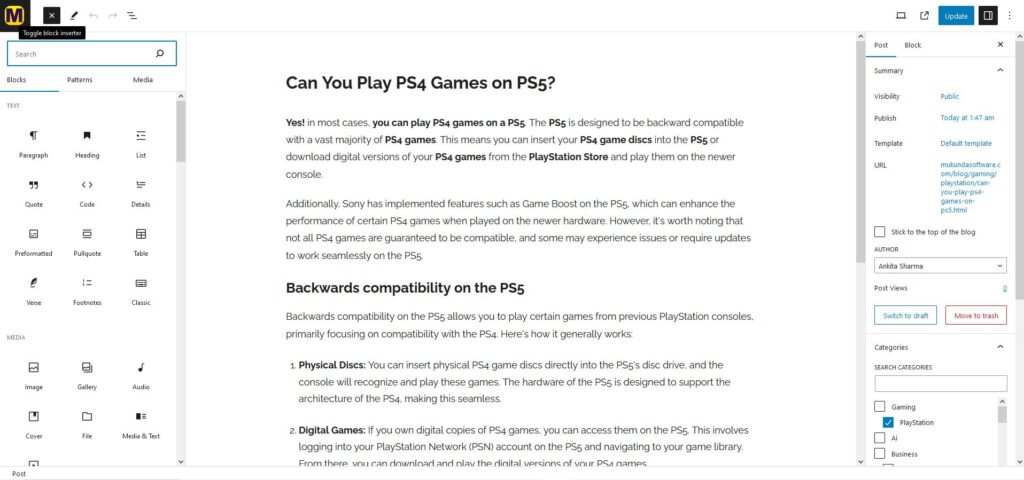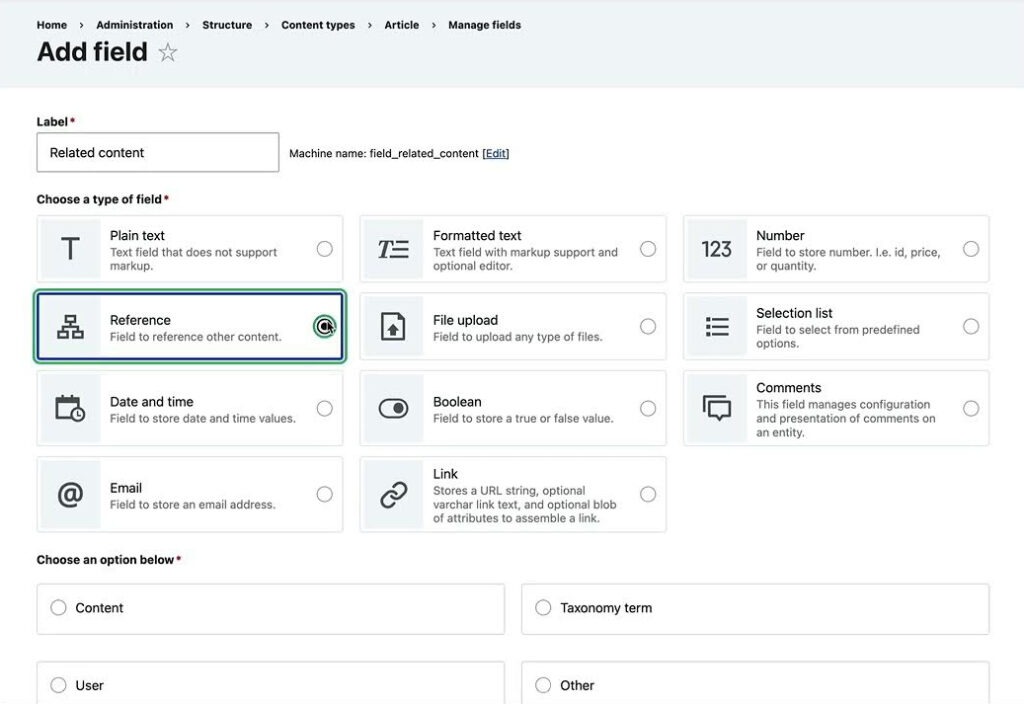Wordpress vs. Joomla vs. Drupal: These three powerful open-source content management systems (CMS) dominate the website building landscape, each catering to specific needs and user skill levels. Here’s a quick comparison to help you choose the right one for your project:
This article delves into the top contenders in the open-source CMS arena, highlighting their strengths and guiding you towards the perfect fit for your website needs.
1. WordPress:
The Undisputed King

WordPress reigns supreme in the CMS world, boasting a massive user base and a user-friendly interface. Its extensive plugin library caters to diverse functionalities, allowing users to build a wide range of websites, from simple blogs to complex portals. WordPress is ideal for beginners and non-technical users seeking a flexible and customizable platform.
On WordPress, managing meta titles and descriptions typically involves using SEO plugins like RankMath or All in One SEO Pack. These plugins provide comprehensive tools for optimizing on-page SEO elements, including meta tags.
WordPress Cache, on the other hand, relies more heavily on plugins for caching. While WordPress does have some basic caching functionality built-in, such as caching of database queries and object caching through the use of caching plugins is more common to enhance performance.
2. Joomla:
Powering Versatility

Joomla offers a robust framework for building complex websites and applications. Its powerful user management system and scalability make it a popular choice for businesses and organizations. Joomla excels in creating intricate websites with advanced features and functionality.
In Joomla, meta titles and descriptions can be managed directly within the CMS without the need for additional plugins. Joomla’s built-in SEO features allow users to set meta titles and descriptions for articles, categories, and other content elements.
Joomla Cache, the statement suggests that Joomla has some level of caching functionality built-in and available as part of its core features. This includes options for self-caching (such as browser caching, page caching, and module caching) and possibly server-side caching mechanisms.
3. Drupal:
The Developer’s Darling

Drupal is renowned for its security and flexibility. It caters to complex development needs, empowering developers to build highly customized websites and applications. While Drupal offers a steeper learning curve compared to its counterparts, its powerful architecture makes it ideal for large-scale, enterprise-level projects.
Similar to Joomla, Drupal provides built-in functionality for managing meta titles and descriptions for various content types. Content authors can define custom meta tags for individual pages, articles, or other content items directly within Drupal’s administrative interface without relying on additional plugins.
Drupal offers robust control over meta tags through modules like “Metatag” or “SEO Tools,” which allow for fine-tuning meta tags for SEO optimization. These modules provide similar functionalities to SEO plugins in WordPress.
Drupal Cache: Similar to Joomla, Drupal offers options for both self-caching and server-side caching. It provides various caching strategies, including page caching, block caching, and dynamic caching.
A Feature Comparison Chart
To aid your decision-making, here’s a table comparing the top 10 features of these leading open-source CMS solutions:
| Feature | WordPress | Joomla | Drupal |
|---|---|---|---|
| Ease of Use | Easy | Moderate | Difficult |
| Customization | High | High | Very High |
| Plugin Availability | Very High | High | Moderate |
| Security | Moderate | High | High |
| Scalability | High | High | Very High |
| Community Support | Very High | High | High |
| Mobile-friendliness | High | High | High |
| Multilingual Support | Yes | Yes | Yes |
| Cost | Free | Free | Free |
Remember, the “best” CMS ultimately depends on your specific needs and technical expertise. Consider factors like website complexity, desired features, and your comfort level with technology when making your choice.
WordPress vs. Joomla vs. Drupal: Download A Side-by-Side Comparison

